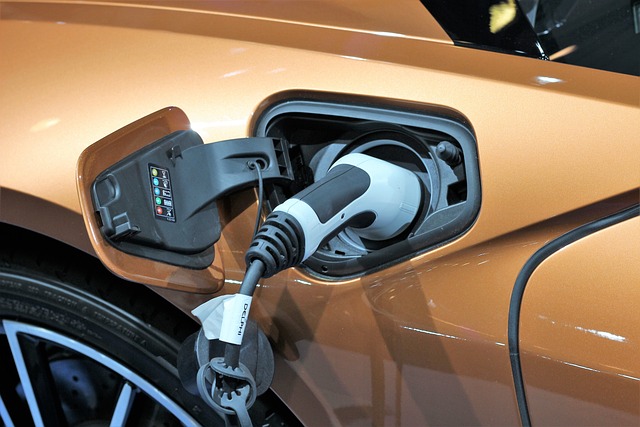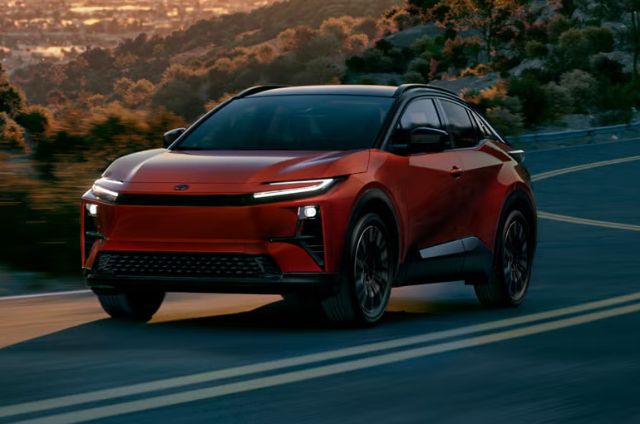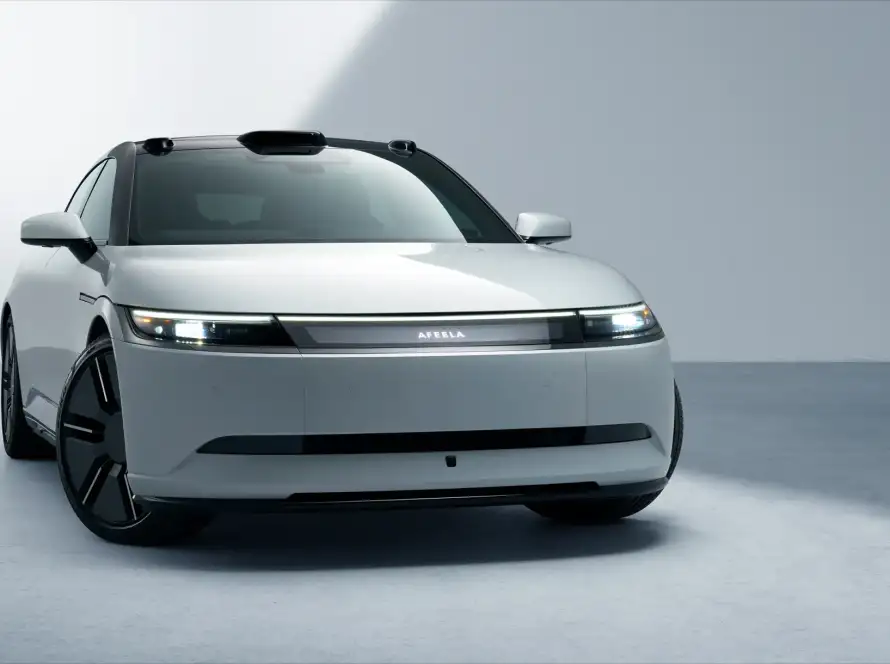EV charging in North America is evolving fast, but not without challenges. With multiple charging standards, limited infrastructure, and growing government investment, the landscape is shifting. Here’s what’s happening and what it means for EV owners.
NACS vs. CCS: The Battle for Standardization
For years, Tesla’s charging plug (now called the North American Charging Standard, or NACS) and the Combined Charging System (CCS) have competed for dominance. While most non-Tesla EVs have used CCS, nearly every major automaker—including Ford, GM, Toyota, and Volkswagen—has now adopted NACS, signaling a major industry shift. However, CCS stations remain widespread, leaving many drivers dependent on adapters for now.
Superchargers and Federal Investments
Tesla’s Supercharger network is rapidly expanding, and for the first time, non-Tesla EVs are gaining access. Automakers like Ford, GM, Hyundai, and Mercedes-Benz have struck deals to allow their vehicles to charge at Tesla stations using adapters, with fully integrated NACS ports expected in new models by 2026. This shift will significantly increase fast-charging options for EV drivers across the country.
Meanwhile, the U.S. government is stepping in with a $7.5 billion investment to build a more reliable and widespread EV charging network. The goal is to eliminate charging deserts, ensuring that both urban and rural areas have accessible and functional charging stations. Funds are being directed toward private operators like Electrify America, ChargePoint, and EVgo, helping them expand and improve their networks.
While these efforts aim to make EV ownership more convenient, challenges remain. Charging station reliability, broken chargers, and slow expansion continue to frustrate drivers. However, with Tesla opening its Supercharger network and federal funding accelerating infrastructure growth, the future of EV charging in the U.S. looks promising.
EV Charging is Getting Faster—But Not Fast Enough
New technologies are improving charging speeds, with Tesla’s V4 Superchargers capable of 500kW charging and Lucid introducing a 926-volt system for ultra-fast recharging. However, many stations still struggle with reliability issues, including damaged cables and software glitches, leaving drivers frustrated.
When Will Charging Be as Easy as Gas?
The U.S. is moving toward a universal “plug-and-charge” system, eliminating the need for apps and accounts to start a session. With automakers building out their own charging networks, such as GM’s partnership with ChargePoint and Rivian opening its stations to other EVs, the future looks more promising. But how long will it take before charging is truly seamless?



